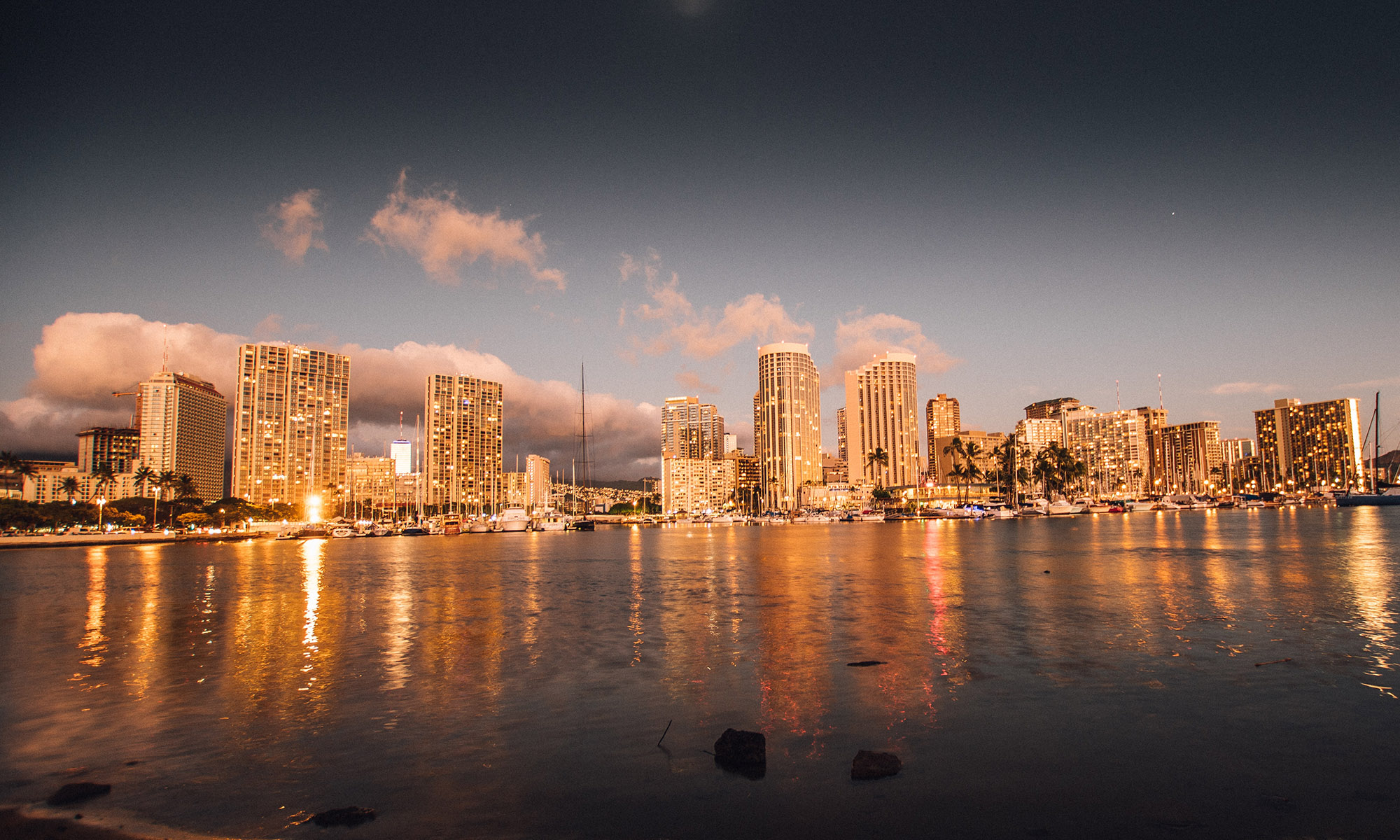
For his 80th birthday celebration, Jack “Tihati” Thompson received the gift of love, adoration, respect, hugs, handshakes and accolades for being the best Papa on the planet.
Last night (May 18), the Waialae Country Club was converted into a makeshift showroom, alive and active with South Seas rhythms, staged by astounding family members – grandkids galore, all talented and capable to render Samoan and Tahitian songs and dances and even a trademark haka number with body-slamming and rigorous voicing. In other words, a brand of passionate enterprise, normally displayed night after night at in showrooms and on lawns statewide, where Tihati Productions earn applause and appreciation as the world’s most prolific producers of Polynesian luau extravaganzas.
An ensemble of singers and drummers provided the syncopation and heartbeat to replicate the Tihati trademark…expressly for Papa.

This was no ordinary performance, but an extraordinary salute to the co-founder (now retired) and creator of Tihati Productions. The evening reflected the values of faith and family, which have always been part of Tihati’s journey, coupled with the mission to uphold the roots and the culture he adores.
Afatia Thompson and Misty Tufono, who now share the helm of Tihati Productions, were the creative minds behind Papa’s birthday blast. They shored up snippets of Tihati’s specialties — like the haka dance — and the cast of willing Tihati troupers provided the vigor and the momentum. The littlest performer – Tihati Thompson, one of Afatia’s children – was a scene stealer. FYI, he’s the young fire knife dancer on the Waikiki strip, but fire marshal rules forbid the flaming knife dance in enclosed structures.

Some observations:

- Jack and spouse Cha Thompson seldom take to the dance floor, but were united in dance. They seemed to enjoy the two or three brief moments in motion, especially on “Unchained Melody.”.

- The audience included a lone, legitimate Hawaiian songbird, Nina Keali‘iwahama, a family friend who rarely basks in the limelight. Coaxed to sing, she did “only if Cha dances.” So, this was a double treat a pair of reluctant Incredibles.
- The Thompson grandkids are devoted to their Papa, and he shares inspirational Biblical thoughts; you know they bond when it comes to faith.

- The Johnny Valentine quartet provided a splendid musical show during dinner, and Valentine had the smarts to research the hit songs of the era of the ‘60s when Jack and Cha were Farrington High School students. Tunes like “Moon River,” “Beyond the Sea,” and “Dream Lover” prevailed. He has the makings to become a showroom headliner.
- The foundation of the guest list was family first; then folks who’ve made a difference in the Tihati growth and success, like Jerry Gibson, longtime Hilton Hawaiian Village general manager and now a Marriott corporate official, and Keith Vieira, former Starwood Hotels executive and now a hospitality industry consultant, and Kalo Mataele Soukop, former producer of a competitive Tongan show at the Hawaiian Hut.
- A former politician was in the house, too. But Mufi Hannemann not only has mayoral roots but he’s family – Thompson’s cousin.

- A historical video of snapshots Tihati featured voiceover by little Tihati. Someday, when he’s 80, he’ll reminisce about the time Papa had a swanky birthday party.
- Afatia said that the night’s proceedings were filmed so that video release of sorts will be available. For Papa, for sure…
And that’s Show Biz…











